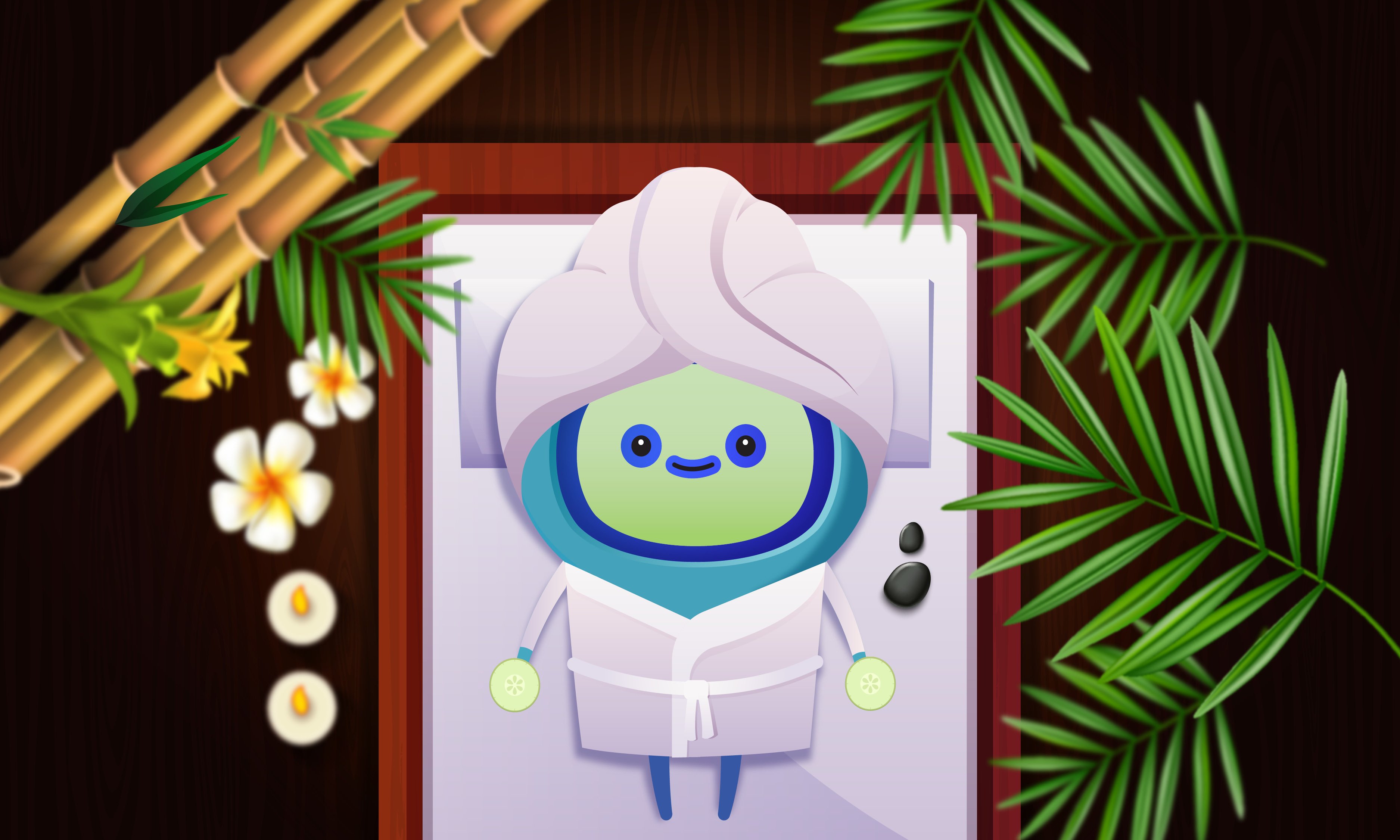What is neurodiversity?
Neurodiversity refers to the natural differences in the ways people think, learn, process and relate to the world. Neurotypical people do these things in ways that meet societal expectations. Neurodivergent individuals do them in ways that differ from those expectations. Common forms of neurodivergence include attention deficit hyperactivity disorder (ADHD,) Autism (sometimes called autistic spectrum disorder or ASD) and dyslexia. But there are other forms too. These differences in processing style lead to variations in things like attention, literacy, numeracy, sensory sensitivity and communication style.
It’s important to remember that most workplaces and learning experiences have been designed with neurotypical people in mind. This places neurodivergent employees at an unnecessary disadvantage. It also prevents organisations from harnessing the true potential of their full workforce. But it doesn’t need to be this way.
Neurodiversity in the workplace
It’s thought that around 20% of people are neurodivergent. This natural diversity of thought is a powerful asset for organisations, leading to innovation and creative problem solving.
Neurodivergent people possess unique skill sets that are sometimes directly linked to their neurodivergence. Dyslexic individuals find literacy challenging but are often excellent verbal communicators. And an autistic person might process information in a way that differs to their neurotypical colleagues, helping them spot errors and patterns.
It’s important to approach neurodiversity in the workplace with a desire to remove unnecessary barriers to help everyone use their unique skills. Accessible learning materials and strategies have a key role to play in doing so.
Overcoming challenges
By focusing on creating materials that are accessible to as many people as possible, you can remove unnecessary barriers and empower neurodivergent employees to thrive. It also allows organisations like Global Lingo to translate inclusive content for a wider audience.
Here are some things to consider.
Use ‘chunking’
Break learning into smaller chunks. This helps people with a wide range of attention and learning styles engage in a way that works for them. It also creates natural space for breaks and reflection and helps learners avoid sensory overstimulation.
Use inclusive examples
Avoid reinforcing the idea that neurotypical behaviour and presentation is the only way to go.
iAM Learning recently created some content designed to help learners become more assertive. Eye contact is often seen as a signifier of assertiveness. But communication styles that don’t include eye contact are also valid.
By acknowledging this and suggesting ways to be assertive without relying on eye contact, iAM created inclusive content; neurodivergent learners were given an alternative way to develop their skills. They also weren’t encouraged to mask their natural behaviour and risk distress or burnout.
Blended learning
Provide bitesize learning that accommodates as many learning styles as possible. Use quizzes, infographics and takeaway tasks to support people with a range of memory and attention differences. Recap key learning to reinforce important information.
Provide opportunities for self-directed learning
Allow learners to repeat segments or modules as they need to. This empowers everyone to access the same quality learning, at their own pace. Avoid timed exercises unless the learning is dependent on timed responses.
Avoid jargon
Don’t use any abbreviations or language that might not be commonly known. This helps people with communication differences engage. It also makes it easier to translate inclusive content into other languages, so more people can benefit.
Consider literacy differences
Provide recorded voiceovers that cover any onscreen text for digital learners. Make sure it matches the written content, so those relying on the voice-over don’t miss anything.
Avoid overstimulation
Don’t use unnecessary music or loud background sound in digital content. This can present a barrier to learning for people with attention differences or those who experience sensory overload. If creating resources with text, avoid busy backgrounds.
Transform your workplace with inclusive eLearning!
If you’re keen to create a truly inclusive learning environment, then you’re in the right place! Our unique and engaging bite-size content is all about inclusivity, making sure everyone can learn, grow and thrive, covering everything from leadership and people management to health & safety and compliance. Get in touch with us or try iAM Learning for yourself - get started today!

